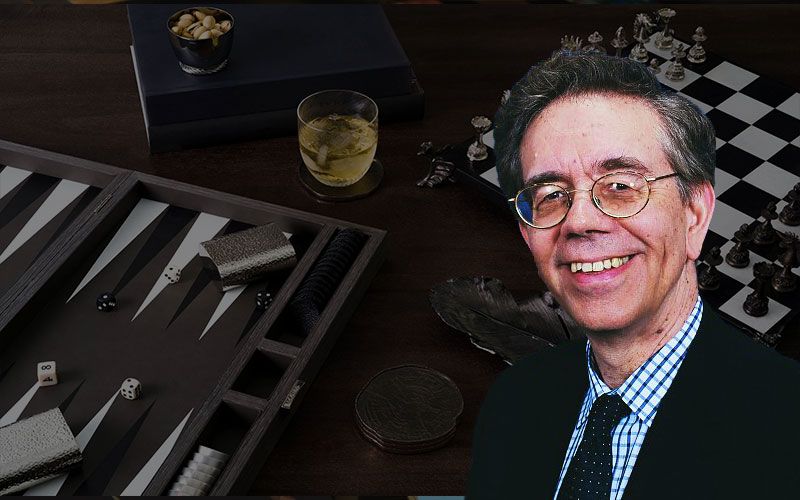
Loading board
In this position, Black finds himself at the tail end of an ace-deuce back game. Things seemed promising for a while, then not so good, then downright awful. Now, with seven men trapped behind a full prime and his board almost completely shot, Black has a 6-2 to play.
As problems go, this one is pretty easy. The correct answer is just 3/1, building a three-point board, leaving a fourth point slotted, and remaining with just one completely dead checker. White will probably break his prime next turn, and if Black can roll a six before he rolls a three, he’ll release a checker and have a reasonable chance to play the rest of the game with just one man out of play. His idea will be to build his board from the back, making his 4-point and bringing builders to his 11-point and 12-point, bearing on the 5-point and 6-point. With some luck, he’ll hit a checker, and with some more luck, he’ll actually close it out, saving the gammon and perhaps winning the game.
The 4/2 play has a different idea. Black wants to leave his 1-point open but slotted. He plans to fill in the high points in his board, while leaving the blot on the ace-point permanently uncovered. Hopefully he’ll hit White and White will roll some aces as he reenters, allowing Black to recirculate the extra checkers on the 2-point and 3-point. Eventually, Black will build a prime, White will enter and expose a second checker, and Black will hit it and double White out.
It should be pretty easy to see that Plan 2 is very farfetched compared to Plan 1. We have a name for this: FPS, or ‘Fancy Play Syndrome’. FPS can get you gammoned a lot, so avoid it when you can. Black doesn’t need to catch a second checker to win; with some luck, one checker will be enough. True, it may be an ugly win, but ugly is OK. When you win ugly, they still have to pay you the prize money. Although the position may seem trivial, it yields several worthwhile ideas to note.
-
Idea #1: Although Black’s game looks hopeless, rollouts indicate that his winning chances after 3/1 are about 15%. That’s a non-trivial number, so even if you find yourself in such a position, you need to keep playing hard and try to extract all the value you can.
-
Idea #2: In the absence of objective data, groupthink can overwhelm reason, even among a collection of highly-skilled experts. If you had presented this position as a problem to a roomful of tournament players back in the early 1980s, you would have gotten an interesting reaction. The beginners and intermediates would all have played 3/1. Why not? It’s obvious, right? But all the world-class players (myself included) would have played 4/2. The idea that Plan 2 was both sophisticated and correct was so ingrained at that point that no top player questioned it. (The position actually comes from a match of that period, in which one of the best players in the world played 4/2, his opponent agreed with the play, and the transcriber, who later wrote a book about the match, thought 4/2 was so clear that in the manuscript he didn’t even consider it worthy of a comment!)
-
Idea #3: Rollouts can’t solve this problem. I now think Plan 1 is the correct plan, and XG agrees. Setting up a rollout won’t help, however, because when you force the bot to play 4/2 on its first move, it will subsequently cover the 1-point as soon as it can with any ace or deuce. So even if Plan 2 had merit, a rollout couldn’t find it. For more on this idea of positions requiring long-range plans that might not be solvable by the bots, see Mike Corbett’s interesting book Backgammon Problems.